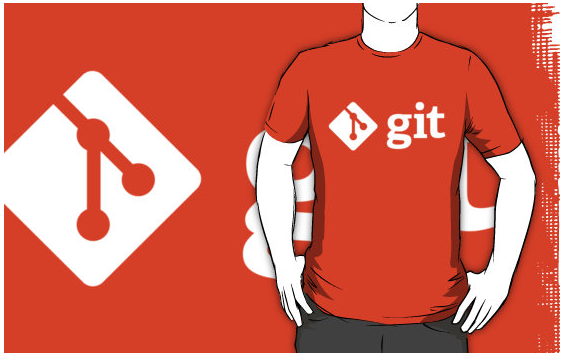
Инструменты JavaScript / Node.js разработчика
Редактор. Описание редакторов есть здесь. Лично я пользуюсь WebStorm. IDE подсвечивает синтаксис языка, указывает на ошибки, есть возможность подключения к FTP, SFTP и многое другое.

Редактор. Описание редакторов есть здесь. Лично я пользуюсь WebStorm. IDE подсвечивает синтаксис языка, указывает на ошибки, есть возможность подключения к FTP, SFTP и многое другое.

Editor. Description of the editors can be found here. I personally use WebStorm. The IDE highlights the code syntax, indicates errors, there is the possibility to connect to FTP, SFTP, and much more.

The main things that I would like to draw your attention to:
1) The commit should exactly match the name. And the title should make clear what exactly you’ve pushed.
2) A good commit should fit the screen, one does not have to scroll it for too long to understand what you have done.

Основное на что хочу обратить внимание:
1) Коммит должен четко соответствовать названию. А из названия должно быть понятно, что именно вы запушили.
2) Хороший комммит умещается на экране, его не нужно долго листать, чтобы понять, что именно вы сделали.

The main things that I would like to draw your attention to:
1) The names variables and methods should be clear and concise, don't skimp on characters.
2) Methods should not exceed 30-40 lines, they are intended for solving a single specific task, and poor methods do everything.

1) Название переменных и методов должно быть четким и ясным, не экономьте на буквах.
2) Методы должны быть не больше 30-40 строк, методы решают одну конкретную задачу, плохие методы делают все.

1. What technologies stack is it better to select when searching for an order at UpWork?
At the present time our team specializes in JavaScript development. That is why our orders must comply with our specialization. The majority of our team members know several programming languages. Is it necessary to take it into account?

1. Какой стек технологий выбрать при поиске заказа на UpWork?
В настоящее время наша команда специализируется на JavaScript разработке. Поэтому заказы должны соответствовать нашей специализации.

Check what you write. Mind the tenses and forms. Check in translate.google.com or ask colleagues for help. The style and spelling of your writing form the impression of you and your team as a whole. You can agree that the phrase “I work Java scrpt, me have large experience work” sounds ridiculous. Our customer reads the same when you forget about tenses and forms of verbs.

1) Оценка проекта. Заказчик должен точно понимать что и главное когда будет реализовано. Можно использовать как таск трекер со стороны заказчика, так и предложить свой вариант.

В первую очередь хочу отметить, что все описанное ниже основано на реальном опыте работы и не является моими личными пожеланиями.
Чтобы правильно оценить задачу, проект нужно:

First of all, I’d like to mention that everything described below is based on the real experience and is not my personal wishes.
In order to correctly estimate the task, it is necessary to make the following steps in relation to the project: